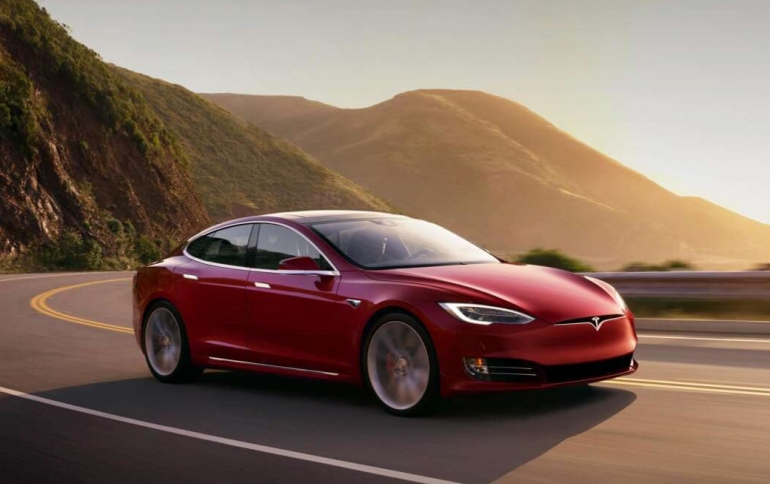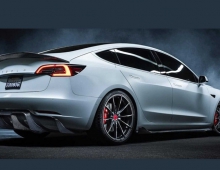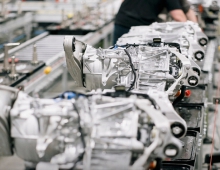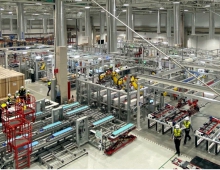
Tesla Introduces Navigate on Autopilot
Today in the U.S., Tesla is beginning to roll out its most advanced Autopilot feature ever: Navigate on Autopilot.
While initially the feature will require drivers to confirm lane changes using the turn stalk before the car moves into an adjacent lane, future versions of Navigate on Autopilot will allow Tesla's customers to waive the confirmation requirement if they choose to. In both of these scenarios, until truly driverless cars are validated and approved by regulators, drivers are responsible for and must remain in control of their car at all times.
Navigate on Autopilot is an active guidance feature for Enhanced Autopilot that, with driver supervision, guides a car from a highway's on-ramp to off-ramp, including suggesting and making lane changes, navigating highway interchanges, and taking exits. It's designed to make finding and following the most efficient path to your destination even easier on the highway when Autopilot is in use. While drivers should always be attentive when using Autopilot, stalk confirmation for lane changes allows Tesla to ensure that drivers are paying attention at the exact moment they need to, and combined with the redundancy of eight external cameras, radar and ultrasonic sensors, it provides an additional layer of safety that two eyes alone would not have.
To use Navigate on Autopilot, drivers must first enable Navigate on Autopilot and Autosteer in the Autopilot settings menu. If Navigate on Autopilot is available on a drive, it can be enabled by selecting the Navigate on Autopilot button in a destination's turn-by-turn direction list. Once it is in use, our 360-degree visualization on the center display shows a single blue line indicating the suggested path of travel. There are two types of lane changes that Navigate on Autopilot will suggest - route-based lane changes that are designed to keep you on your navigation route, and speed-based lane changes, which are designed to keep your vehicle moving as close to your set speed as possible.
Navigate on Autopilot can be customized to a driver's preferences, including four settings for speed-based lane changes (Disabled, Mild, Average, or Mad Max). When enabled, Navigate on Autopilot's speed-based lane changes will suggest transitions into adjacent lanes that are moving faster, in the event that your vehicle is traveling slower than the set cruise speed (for instance, if you approach a slow-moving car or truck ahead). The Mild setting suggests lane changes when you're traveling significantly slower than your set speed, whereas Mad Max will suggest lane changes when traveling just below your set speed.
Navigate on Autopilot is built exclusively for Tesla's Enhanced Autopilot platform, which includes an onboard computer, ultrasonic sensors, radar, and external cameras that feed our Tesla-developed neural net. Machine learning algorithms allow Tesla's cars to collect and process data in milliseconds. The future introduction of our Tesla-developed AI chip with Tesla's processes data to increase by an order of magnitude and take a meaningful leap toward our full self-driving future.
Navigate on Autopilot will begin to roll out this week to Tesla's U.S. customers who have purchased Enhanced Autopilot or Full Self-Driving Capability. The feature will be introduced in other markets in the future pending validation and regulatory approval.





















